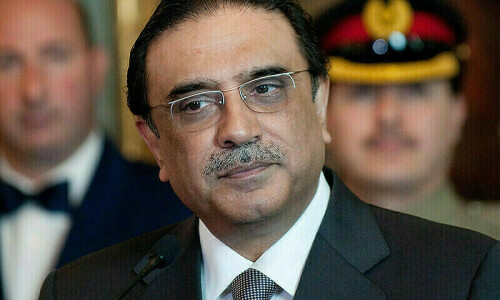HISTORICALLY, terrorism has evolved in its aims, forms, frequency, lethality, targets, and operation methods at various intervals. The changes underscore the shifting dynamics of terrorism, driven by global political shifts and technological advancements. In each era, terrorist strategies have been shaped by the technology of the time. While terrorism’s underlying causes have varied across different periods, the common thread has been a group of individuals rejecting the prevailing system and resorting to violence to draw attention and achieve their goals.
The evolution of terrorism can be categorised into four waves — the ‘anarchist’ (1880-1920s), ‘anti-colonial’ (1920-1960), ‘new left’ (1960s to end-century) and ‘religiously inspired’ (1979 onwards). A ‘wave of terrorism’ represents a cycle of increased and decreased activity in a specific time frame, characterised by phases of expansion and contraction.
During the anarchist wave, anarchist and nationalist groups employed similar tactics and even shared training, highlighting the interconnectivity and influence among different terrorist ideologies. Diaspora communities became significant contributors to militant groups. This wave highlighted the counterproductive nature of political assassinations, leading to a notable reduction in such actions during the second wave. Diasporas would go on to demonstrate capabilities previously unseen in the second wave. Irish rebels in the 19th century benefited from financial support, arms, and volunteers provided by the Irish-American community.
The kidnapping and murder of former Italian prime minister Aldo Moro by the Red Brigades in 1979 marked a significant moment in the third wave, underlining the continued importance of kidnapping as a tactic. Between 1968 and 1982, the world witnessed 49 international kidnapping incidents involving 951 hostages, forcing companies to insure their executives against kidnappings. This wave also saw renewed efforts in political assassinations. The IRA and its offshoots were responsible for killing two British ambassadors in 1976 and 1979, Lord Mountbatten in 1979, and of unsuccessful attempts on the lives of Margaret Thatcher and John Major. Additionally, the Black September group assassinated Jordan’s prime minister in 1971. It was during this wave that the term ‘international terrorism’ became widespread, as militant groups engaged in coordinated attacks, kidnappings, and hijackings. In Latin America and the Middle East, the US emerged as a primary target, with a third of all international terrorist acts aimed at American interests.
Terrorism’s global nature calls for enhanced collaboration.
Despite the eventual defeat of revolutionary terrorists by the end of the third wave, international counterterrorism cooperation faced challenges, evidenced by instances like France’s refusal to extradite suspects from the PLO, Red Brigade, and ETA to West Germany, Italy, and Spain, respectively. However, efforts to enhance global collaboration against terrorism led to the signing of international, including UN, conventions from 1970 to 1999, aimed at prohibiting hijacking and hostage-taking.
The fourth wave has been characterised by a misinterpretation of religion as a dominant factor, with militant groups leveraging the internet for recruitment, radicalisation, and fundraising. They have also mastered the use of social media platforms to disseminate sophisticated propaganda. This wave stands apart from its predecessors, driven not by political ambitions but by a distorted interpretation of religious doctrines. Advocates of religiously motivated terrorism contend that the eradication of perceived evil justifies the use of militancy. Events such as the Soviet invasion of Afghanistan and the Iranian Revolution played a role in propelling religious fundamentalism into prominence, whereas groups like the Tamil Tigers attempted to maintain a secular image.
In 1901, president Roosevelt rallied for a crusade to eliminate terrorism globally, and a century later, in September 2001, president George W. Bush proclaimed a “war that would continue until every terrorist group with global reach had been identified, halted, and defeated”. This repetition of resolve over a century later underscores the necessity for major powers to understand why history has repeated itself and why they failed to create history. The critical question now is whether the current wave, driven primarily by religious motivation, will persist or conclude by 2025. The global nature of terrorism calls for enhanced international collaboration, including the establishment of MOUs, mutual legal assistance, and extradition treaties, as crucial measures for combating terrorism and minimising the influence of violent non-state entities.
The writer is the author of Pakistan: In Between Extremism and Peace.
X: @alibabakhel
Published in Dawn, March 4th, 2024












































